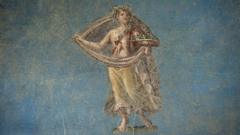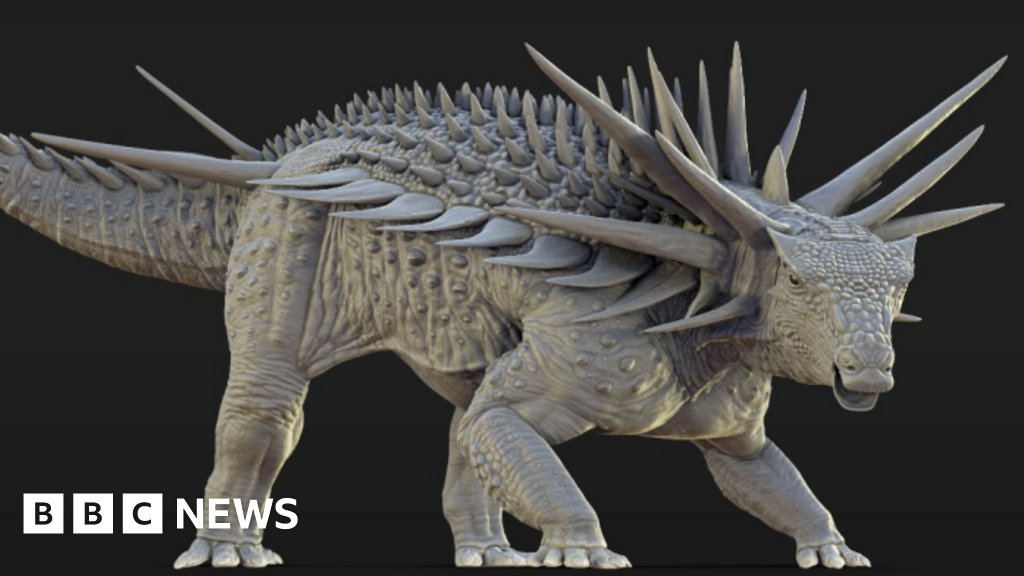After lying dormant beneath volcanic ash for nearly two millennia, a spectacular private bathhouse has been discovered in the ancient Roman city of Pompeii, Italy. This exquisite find, described by archaeologists as a "once-in-a-century" treasure, marks a significant addition to our understanding of Roman civilization during its last days before a catastrophic eruption of Mount Vesuvius in AD79.
The bath complex appears to be the largest ever found at Pompeii and includes an impressive array of facilities: hot, warm, and cold rooms, stunning artwork, and a sizable plunge pool that could accommodate 20-30 bathers. Dr. Gabriel Zuchtriegel, the director of the Archaeological Park of Pompeii, emphasized how these spaces illustrate the remarkable immediacy of the site. "It's almost as if the people had only left a minute ago," he stated while unveiling the complexities hidden beneath layers of ash.
Among the more poignant discoveries are two skeletons found within the bathhouse, revealing the tragic fate of its last occupants. A woman, aged between 35 and 50, was found holding jewelry, while a young man in his late teens or early 20s remained in a curled position. They had barricaded themselves in a small room but met their end during the eruption, which unleashed a devastating flow of pyroclastic material upon the city.
Dr. Ludovica Alesse, a Pompeii conservator, remarked on the narrative conveyed through these artifacts and remains. "This is a dramatic place, and everything you find here tells you about the drama," she noted. Although a third of Pompeii still remains buried, the ongoing excavation efforts have so far yielded a wealth of information about the societal structures and daily life of its affluent citizens.
The bathhouse is just one part of a larger estate that also includes a bakery and laundry, likely owned by a wealthy individual, possibly the influential politician Aulus Rustius Verus. Such elaborate bath facilities were typically reserved for the elite class, confirming the owner's high status in society.
The changing room within the bathhouse is adorned with vibrant red walls and geometric mosaics crafted from marble sourced throughout the ancient empire. Visitors would progress through the bathing experience, from the hot room, warmed by a sophisticated system, to the striking frigidarium surrounded by murals of athletes and a deliciously cool plunge pool.
Meanwhile, the stark contrast between the luxury of the bathhouse and the surrounding conditions reveals the oppressive reality of Roman slavery. Behind the hot room lies a boiler room, where enslaved workers would labor in unbearable heat to maintain the water system. Dr. Sophie Hay articulated this duality clearly: "The most powerful thing from these excavations is that stark contrast between the lives of the slaves and the very, very rich."
As excavations approach completion but continue to yield new finds, limited public access exists for visitors eager to experience Pompeii's rich history. Each day brings with it unexpected revelations, and the director of the excavation, Dr. Anna Onesti, highlighted the excitement surrounding the research process.
Epitomizing the resilience of archeological inquiry, the bathhouse discovery allows for a deeper connection with the past, illustrating both the opulence and tragedies that shaped ancient Pompeii. The revelations gathered will eventually be shared with the public upon completion of this monumental excavation effort, offering an invaluable window into the life and culture of the ancient Roman world.





















